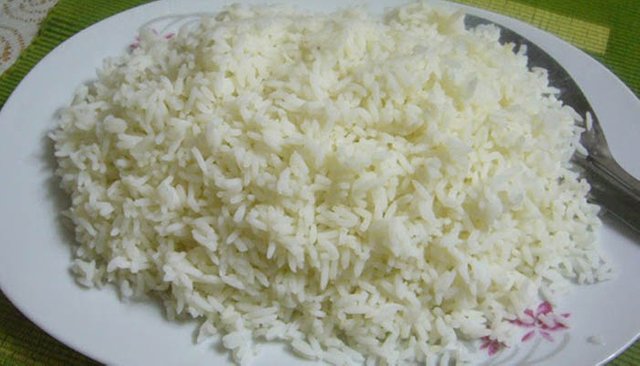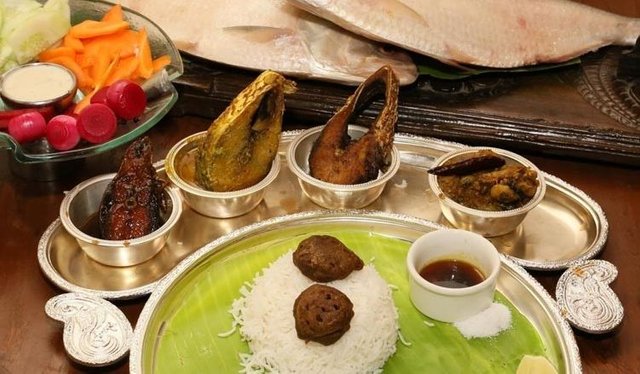"PROMOTE CONTES TRADITIONAL FOOD "🌾🌾|| Beautiful World 🌎 by @raiyan02
Hello everyone
Hope you all are well. I am also well by the infinite mercy of Alhamdulillah Allah.
Traditional food
🌾RICE OR FISH 🐠
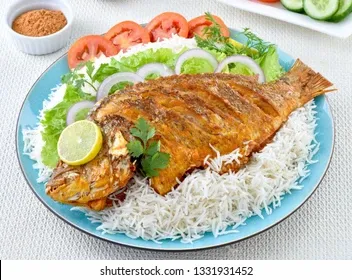
Eating habits are part of a nation's culture. Bengali identity like fish and rice! There are many reasons behind this. Fish are found in large quantities in riverine Bangladesh. The climate of this country is suitable for paddy cultivation. This abundance of rice and fish was the reason behind the development of age-old eating habits.
However, with the exception of staple food, the food culture of Bengalis has changed many times. Especially the list of Dhaka food has been rich since ancient times. Witnessing the historical evolution, the people of Dhaka have been very fond of food since ancient times as the history of Dhaka's culture is four hundred years old.
The combination of multifaceted culture has added new flavors to the satisfaction of the residents of the ancient city of Dhaka. In the huge list of historical food, Dhaka food based on Mughal food is predominant. Besides, the eating habits of the people of Dhaka also evolved during the British and Pakistani periods.
From ancient times the arrival of different nations and their tastes combined with the taste of Bengali food has created a refined form of Dhaka culture. During the Sultanate period, the eating habits of Dhaka were influenced by Afghan-Turkish. Then came the Mughals.
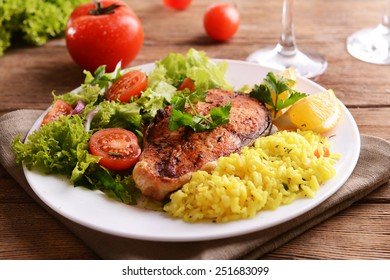
People from different provinces of India including North Indians came to this country with the Mughals. Although various professionals came at that time, they remained after the subedars left. Later, apart from exchanging mutual culture through marriages, it brought a groundbreaking change in the food and eating habits of Dhaka.
The food culture of Mughal Dhaka was the richest. Extremely food-loving Mughals used to study food regularly. Competition was held on how to enhance the taste of any food. The cows that the Mughals used for kebabs were regularly fed saffron! This would give a kind of aroma to the meat and enhance the taste of the kebab.
It is said that Mughal food was born in the kitchen of Emperor Akbar. His royal kitchen had a variety of chefs from different countries. At this time some delicious and yummy food was added to the Dhaka food list.
When these foods start to be sold commercially, the common man takes them because of their tempting taste. Korma, polao, biryani, kofta, firni, jorda, royal rooster polao are some of them. In Dhaka, the Mughals used to cook raw biryani with meat. Dhakaiya Korma started giving green chillies at this time. Meat kofta was one of the dishes of the Mughal period. Besides, Tehri and Dolma are also common foods during the Mughal period. Another popular dish was kebabs. Shik Kabab, Shami Kabab, Mosallam Kabab, Tika Kabab, Fish Kabab gained fame during the Mughal period.
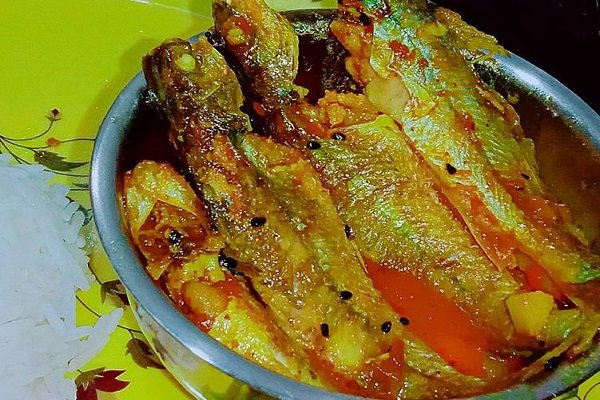
At this time, parota of various tastes also took place among the food lovers. Flour thick parota, minced parota, moghlai parota were very popular. The use of ghee in cooking increased after the arrival of the Mughals. After the Portuguese imported pepper, the use of pepper in food also increased.
The greatest contribution of the Mughal era was Bakarkhani. Dhaka Bakrkhani Ruti was named after Mirza Aga Baker, a jagirdar of the Mughal period. However, the Kashmiris introduced such bread.
At that time ghee and milk were used to make Bakarkhani. Bakarkhani was often made with cheese. Bread was introduced by the Portuguese in the late sixteenth century. Usually the elderly and the sick ate bread with milk. Later, the Iraqis introduced Baghdadi bread in Dhaka's Chawkbazar. Towards the end of the Mughal period, the Gujaratis introduced Chatur in Dhaka.
It is known from the history of about one and a half years ago that many people did not eat fish for fear of thorns. Later, they started cooking and eating big thorn fish including Rita, Rui, Shrimp with meat spice and fenugreek. It was seen that although the cooking process was theirs, the ingredients were ours here. As a result, these two combined to create a new diet.
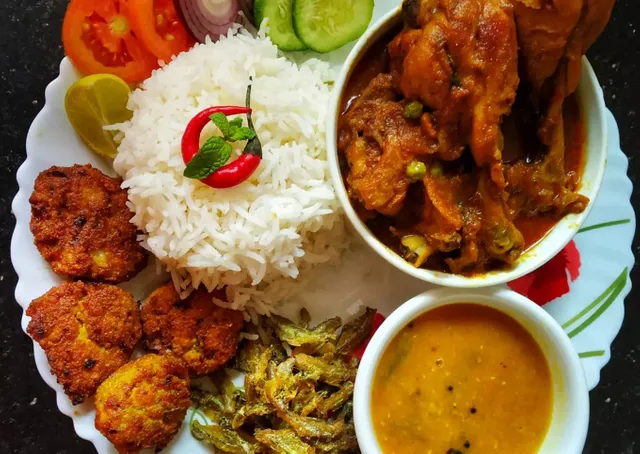
Sweets were very popular among the people of Dhaka during the Mughal period. It was served with curd and milk paste. Molasses monda, sesame khwaja, naru, batasa, palm candy were popular among the people of Dhaka. Dairy sweets also had a good reputation at that time. Among the sweets, Lalmohan, Chanar Sandesh, Kalojam, Ras Kadam, Khirsa Yogurt were popular.
The Moiras of the Hindu tribe were famous for making sweets. They were skilled in making jilapi, chanar sandesh, rajbhog, rasgolla, mohanbhog, kshirbhog, pranhara etc. Ghee, Patali molasses from Bikrampur and Patakshi from Dhamrai were widely traded in Dhaka. Savar’s ‘Rajbhog’ sweets were extremely popular.
During World War II, a type of sweet called atomboma was introduced. The large size sweet was extremely popular. Besides, the sweet name of Ladykenny was also quite famous. Barfi and laddu of Mughal Dhaka are still popular today.
From the pre-Mughal period to the Pakistan period, the people of Dhaka were accustomed to eating three meals a day, morning, noon and night. In ancient times, the people of Dhaka used to eat rice three times a day. In the morning rice was eaten with fish, meat as well as ghee-sugar, malai-sugar, fried eggs, mango, banana, milk, molasses etc.
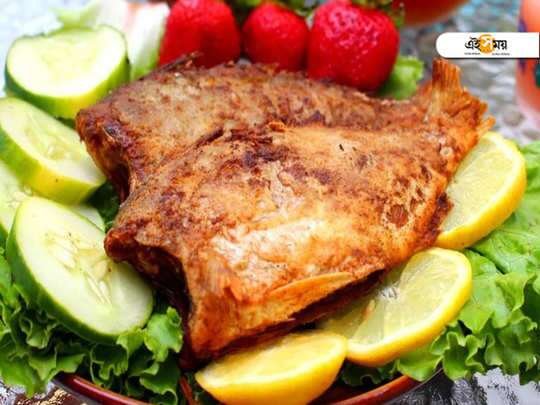
Besides, many people used to have breakfast with Chira-Kala, Chira-Gur, Malai-Muri. Some of them used to have breakfast with tea, puri and bakarkhani. A kind of whey was sold from dawn, which the locals called matha. It was very popular among the people of Dhaka. Many people thought that playing matha makes the stomach cold. The aristocracy ate bread and parota for breakfast.
Tea biscuits were introduced in the nineteenth century. Among the biscuits made in Dhaka were lathi, kulicha, nankhatai and toast. Gradually the habit of eating biscuits as well as murdi, bread, bread was formed. In the morning, many people ate golgola made of coconut with tea. At the beginning of the twentieth century, a large number of food shops were established in and around Chawkbazar.
At that time, some families bought breakfast and ate it. Among these dishes are Bhaji-Puri, Luchi, Mohanbhog, Tandoor Ruti-Nehari, Parota-Bundia, Halua, Bakarkhani, Tehri, Biryani. During World War II, large quantities of wheat were imported to provide easy food for soldiers.
Gradually, the habit of eating bread became widespread among the common people. People used to eat rice three times a day but from then on people started eating bread in the morning. The popularity of Chini Parota, Alu Parota, Dal Parota, Ghee Parota started increasing among the people of Dhaka.
In ancient times, the abundance of meat could be noticed in the dinner of the people of Dhaka. It is thought that this arrangement was made because all the members of the family, including the householder, ate together at night. Labari, Patkhissa and Malai of Chawkbazar were very popular. The ancient Dhakaites used to leave a little rice after the meal and mix it with Malai.
Traditional regional food
In ancient Dhaka, the reputation of some regional food was skyrocketing. Such as the big father's pola in Chawkbazar. Its name was Sheikhchura then. This name is due to the fact that Urdu speakers used to call Chira Chura. It was sold more during the month of Ramadan. In Chawkbazar there was only Polao market. It could be seen that ‘egg polao’ with egg curry was being sold in the same place. Kofta polao and chicken polao were also being sold next to it.
Tehri and biryani were also available there. Alauddin's Puri, Dalruti, Bhajapuri, Gujapitha and Halim's number one tea at Bangshal's crossroads was famous for entertaining guests. The tall Lalmohan of Tinni Suites in front of Mitford was extremely delicious. Demand for Noorani Cold Drink in Chawkbazar, Hajir Biryani in Nazira Bazar and Hanif Biryani in Peer was high.
Nanna Mia's polao, Sainur's rooster polao in Islampur, Paglar Glasio were at the top of popularity. Besides, Ghee's petals of Capital, Alauddin's Lachcha Semai, Hotel Niazi's Halim in Chawkbazar, Subar's tea and Raushan's tea were very popular. Alauddin's haluya from Lucknow was in great demand.
During Muharram, everyone used to gather for the big meal of the month of Hosseini Dalan. Coriander was also the center of attraction for many. It was served with beautiful puriya. Khilli like drinking a lot. During Muharram, on the morning of Manzil, leaf khirsa was found on banana leaves. Demand for Kayes Ka Laddu, Bangshal Mollar Tea, Khasir Glassi, Al Razzaq's Tandoori, Chawkbazar Hotel Khawa Dawa Polao, Bhajipuri was huge.
Latamia haluya, bread, bhaji, yoghurt, sweets, parota of Anand confectionery, kebab, ovaltine cake, large size twine kebab were famous for entertaining the guests. During the Pakistan period, a man used to sell sweets called Chaman Ka Mithai by ferry. The sweets were of different shapes including mango, banana and jackfruit. They were very popular because of the variety of designs.
Hajir Biryani, Nannar Polao, Tehri, Chicken Mosallam, Islampur's Paglar Glass and many other traditional dishes have been appreciated since ancient times. Moghlai, of course, people do not eat these foods every day. Such food was served at feasts or festivals. There were different types of polao. Bundia polao, kalia polao, hogla polao, rooster polao etc. were the favorite food of the people of Dhaka.
Cafe Lake on Topkhana Road, Jhunur Polao House, Hotel Al Razzak, Hotel Star, Beauty Boarding, Fakhruddin Biryani, Kalpana Boarding & Hotel, Manik Sweetmeat on Johnson Road were popular for famous food.
🫂Thanks you everyone 🫂
Cc:-
@ebrahim2021
@sagor1233
